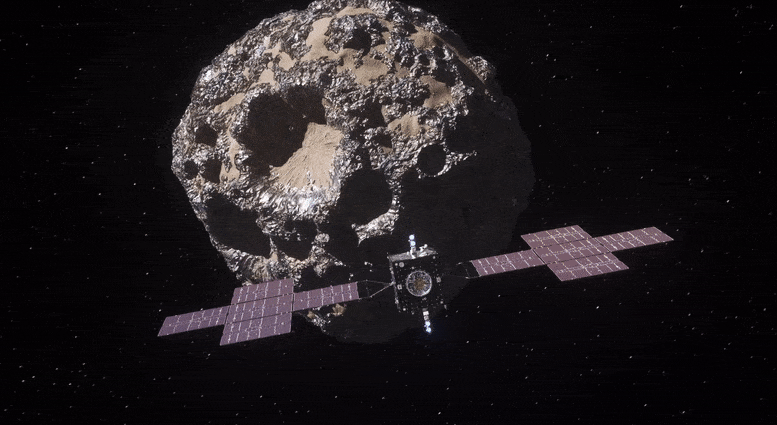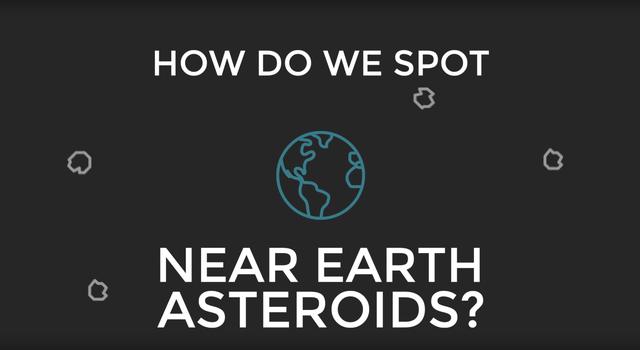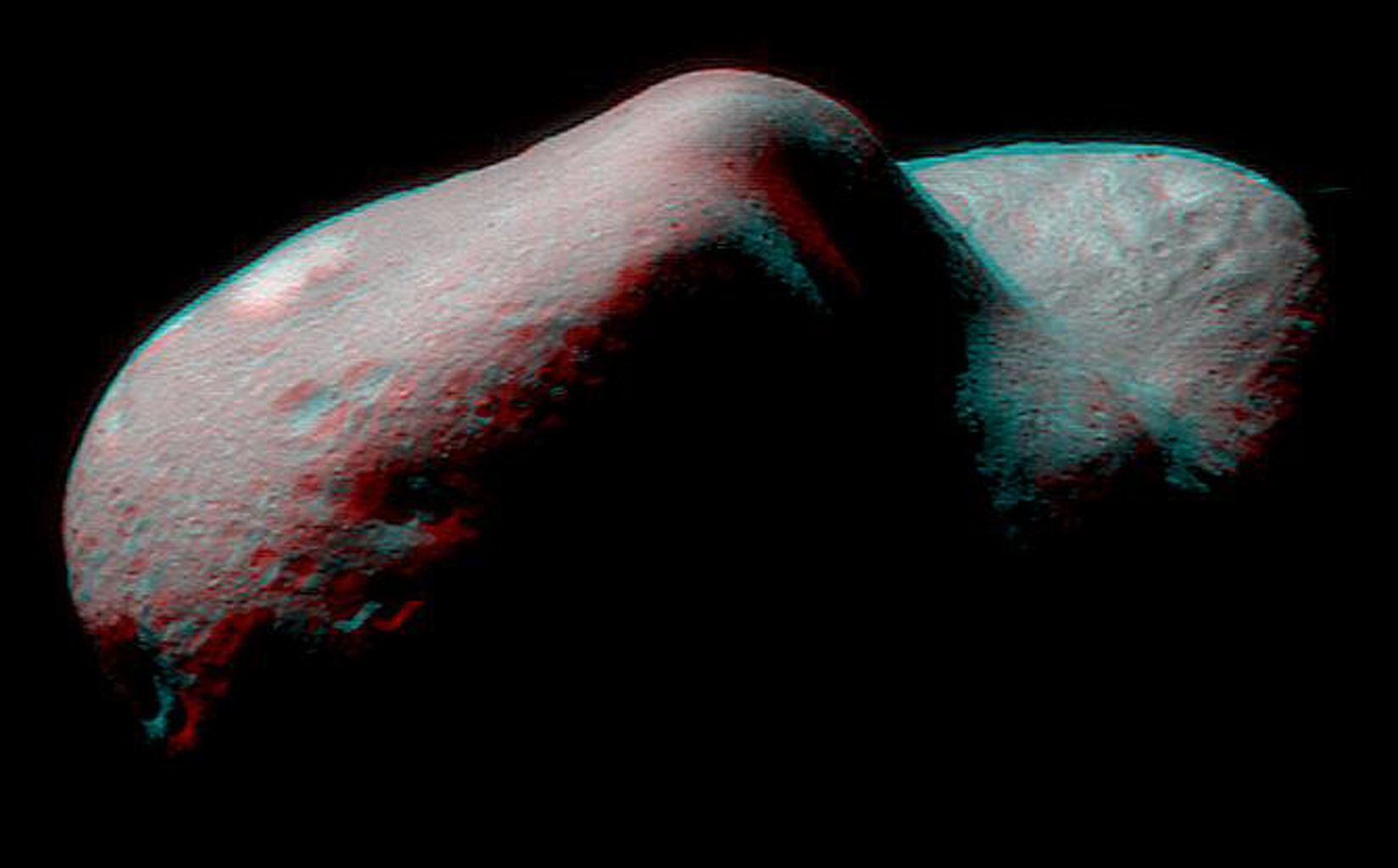Teachable Moments | August 16, 2023
Asteroid Mission Aims to Explore Mysteries of Earth's Core
Explore how NASA's Psyche mission aims to help scientists answer questions about Earth and the formation of our solar system. Then, make connections to STEM learning in the classroom.
NASA is launching a spacecraft in October 2023 to visit the asteroid Psyche, a metal-rich asteroid. The mission with the same name, Psyche, will study the asteroid, which is located in the main asteroid belt between Mars and Jupiter, to learn more about our solar system, including the core of our own planet.
Read more to find out what we will learn from the Psyche mission. Get to know the science behind the mission and follow along in the classroom using STEM teaching and learning resources from NASA.
Why It's Important
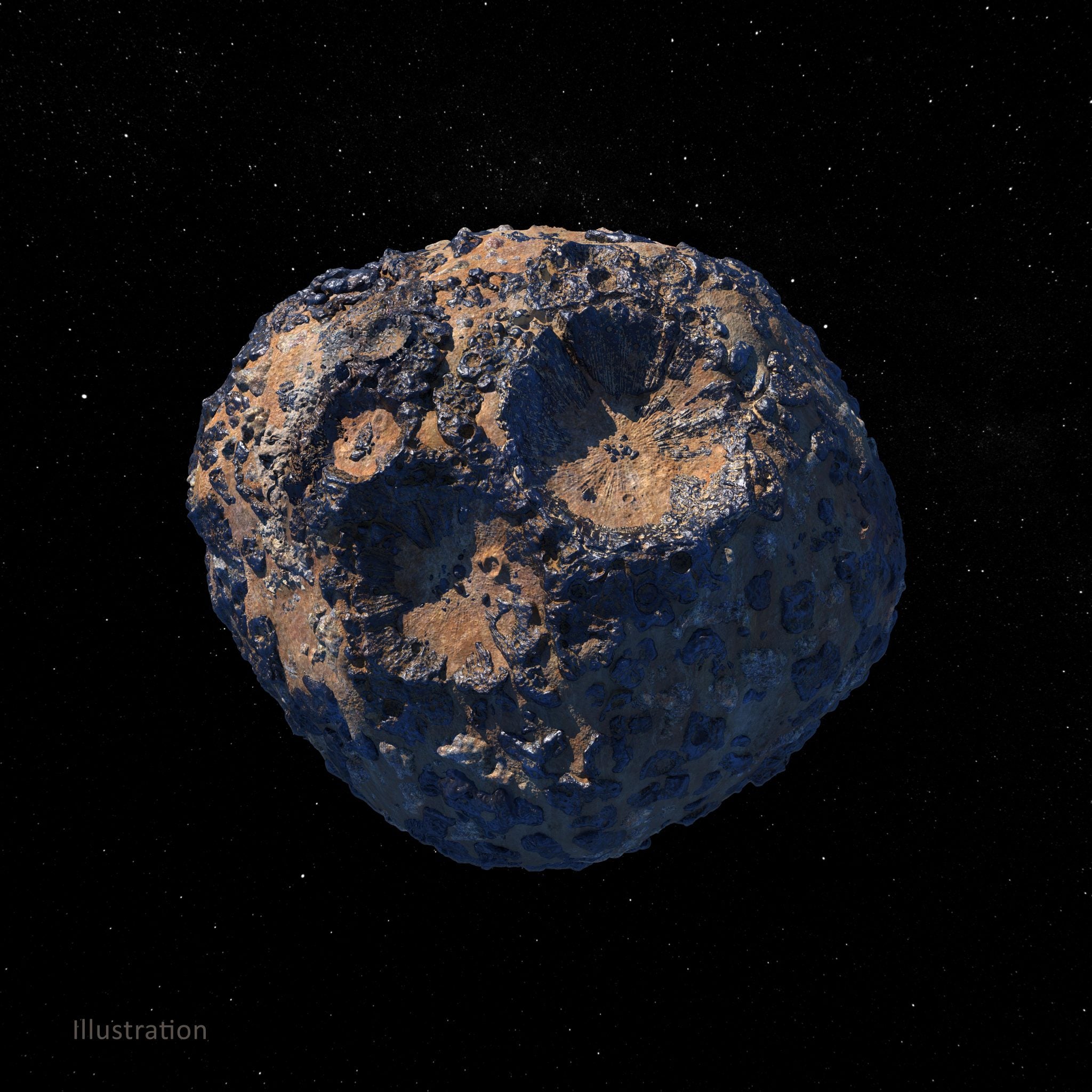
This illustration depicts the 140-mile-wide (226-kilometer-wide) asteroid Psyche, which lies in the main asteroid belt between Mars and Jupiter. Credit: NASA/JPL-Caltech/ASU | + Expand image
Asteroids are thought to be rocky remnants that were left over from the early formation of our solar system about 4.6 billion years ago. Of the more than 1.3 million known asteroids in our solar system, Psyche’s metallic composition makes it unique to study. Ground-based observations indicate that Psyche is a giant metal-rich asteroid about one-sixteenth the diameter of Earth’s Moon and shaped like a potato. Scientists believe it might be the partial nickel-iron core of a shattered planetesimal – a small world the size of a city that is the first building block of a planet. Asteroid Psyche could offer scientists a close look at the deep interiors of planets like Earth, Mercury, Venus, and Mars, which are hidden beneath layers of mantle and crust.
We can’t see or measure Earth’s core directly – it is more than 1,800 miles (3,000 kilometers) below the surface and we have only been able to drill about 7.5 miles (12 kilometers) deep with current technology. The pressure at Earth’s core measures about three million times the pressure of the atmosphere at the surface, and the temperature of Earth’s core is about 9,000 degrees Fahrenheit (5,000 degrees Celsius), so even if we could get science instruments there, the hostile conditions would make operations practically impossible. The Psyche asteroid may provide information that will allow us to better understand Earth’s core, including its composition and how it was created. The asteroid is the only known place in our solar system where scientists might be able to examine the metal from the core of a planetesimal.
The Psyche mission's science goals are to understand a previously unexplored building block of planet formation (iron cores); to explore a new type of world; and to look inside terrestrial planets, including Earth, by directly examining the interior of one of these planetary building blocks, which otherwise could not be seen. The science objectives that will help scientists meet these goals include determining if asteroid Psyche is actually leftover core material, measuring its composition, and understanding the relative age of Psyche's surface regions. The mission will also study whether small metal-rich bodies include the same light elements that are hypothesized to exist in Earth's core, determine if Psyche was formed under similar or different conditions than Earth's core, and characterize Psyche's surface features.
How It Will Work
The Psyche mission will launch on a SpaceX Falcon Heavy rocket. Psyche’s solar arrays are designed to work in low-light conditions because the spacecraft will be operating hundreds of millions of miles from the Sun. The twin plus-sign shaped arrays will deploy and latch into place about an hour after launch from Earth in a process that will take seven minutes for each wing. With the arrays fully deployed, the spacecraft will be about the size of a singles tennis court. The spacecraft’s distance from the Sun will determine the amount of power it can generate. At Earth, the arrays will be able to generate 21 kilowatts, which is enough electricity to power three average U.S. homes. While at asteroid Psyche, the arrays will produce about two kilowatts, which is a little more than what is needed to power a hair dryer.
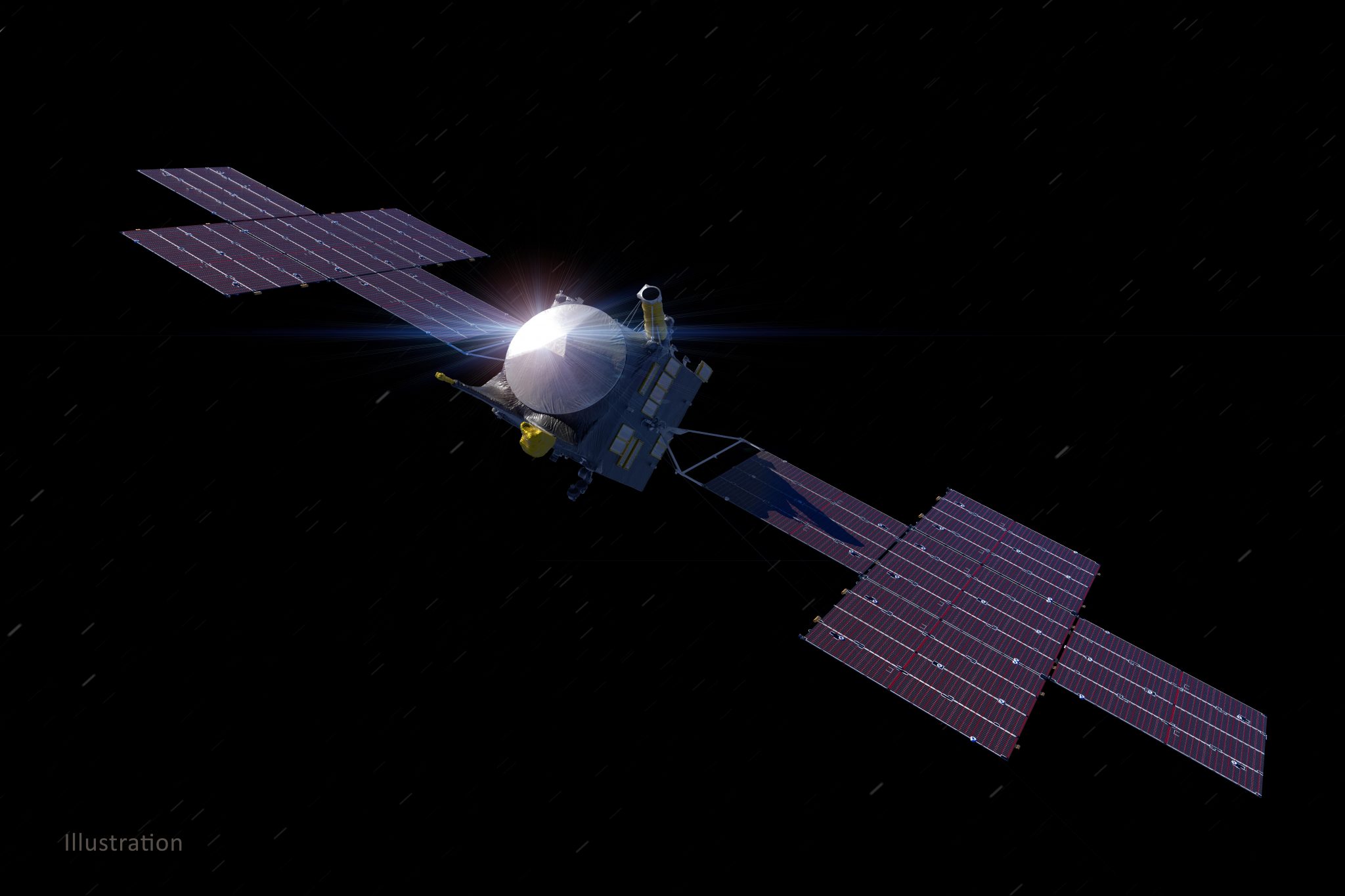
An illustration of NASA’s Psyche spacecraft and its vast solar arrays. Credit: NASA/JPL-Caltech/ASU | + Expand image

At left, xenon plasma emits a blue glow from an electric Hall thruster identical to those that will propel NASA's Psyche spacecraft to the main asteroid belt. On the right is a similar non-operating thruster. Credit: NASA/JPL-Caltech | + View image and details
The spacecraft will rely on the launch vehicle’s large chemical rocket engines to blast off the launchpad and escape Earth’s gravity, but once in space, the Psyche spacecraft will travel using solar-electric propulsion. Solar-electric propulsion uses electricity from the solar arrays to power the spacecraft’s journey to asteroid Psyche. For fuel, Psyche will carry tanks full of xenon, the same neutral gas used in car headlights and plasma TVs. The spacecraft’s four thrusters – only one of which will be on at any time – will use electromagnetic fields to accelerate and expel charged atoms, or ions, of that xenon. As those ions are expelled, they will create thrust that gently propels Psyche through space, emitting blue beams of ionized xenon. The thrust will be so gentle that it will exert about the same amount of pressure you’d feel holding three quarters in your hand, but it’s enough to accelerate Psyche through deep space. You can read more about ion propulsion in this Teachable Moment.
The spacecraft, which will travel 2.2 billion miles (3.6 billion kilometers) over nearly 6 years to reach its destination, will also use the gravity of Mars to increase its speed and to set its trajectory, or path, to intersect with asteroid Psyche’s orbit around the Sun. It will do this by entering and leaving the gravitational field of Mars, stealing just a little bit of kinetic energy from Mars’ orbital motion and adding it to its own. This slingshot move will save propellant, time, and expense by providing a trajectory change and speed boost without using any of the spacecraft’s onboard fuel.
Upon arrival at Psyche, the spacecraft will spend 26 months making observations and collecting data as it orbits the asteroid at different altitudes. Unlike many objects in the solar system that rotate like a spinning top, the asteroid Psyche rotates on its side, like a wheel. Mission planning teams had to take this unique characteristic into account in planning the spacecraft's orbits. The different orbits will provide scientists with ideal lighting for the spacecraft's cameras and they will enable the mission to observe the asteroid using different scientific instruments onboard.
The spacecraft will map and study Psyche using a multispectral imager, a gamma-ray and neutron spectrometer, a magnetometer, and a radio instrument (for gravity measurement). During its cruise to the asteroid, the spacecraft will also test a new laser communication technology called Deep Space Optical Communication, which encodes data in photons at near-infrared wavelengths instead of radio waves. Using light instead of radio allows the spacecraft to send more data back and forth at a faster rate.
Follow Along
Psyche is scheduled to launch no sooner than October 5, 2023 from Kennedy Space Center in Florida. Tune in to watch the launch on NASA TV.
Visit the mission website to follow along as data are returned and explore the latest news, images, and updates about this mysterious world.
Teach It
The Psyche mission is a great opportunity to engage students with hands-on learning opportunities. Explore these lessons and resources to get students excited about the STEM involved in the mission
Resources for Teachers
-
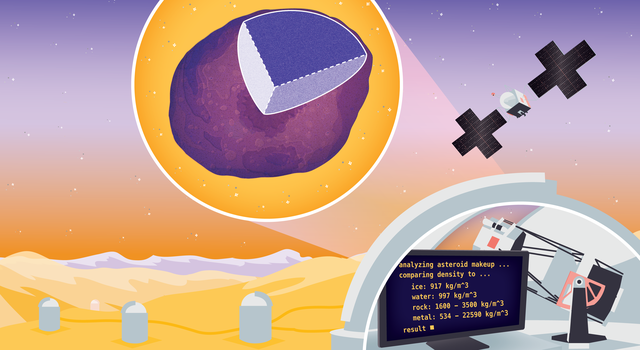 Collection
CollectionPsyche Lessons for Educators
Explore a collection of standards-aligned lessons related to NASA's Psyche mission.
-
 Collection
CollectionAsteroids Lessons for Educators
Explore a collection of standards-aligned lessons all about asteroids and craters.
-
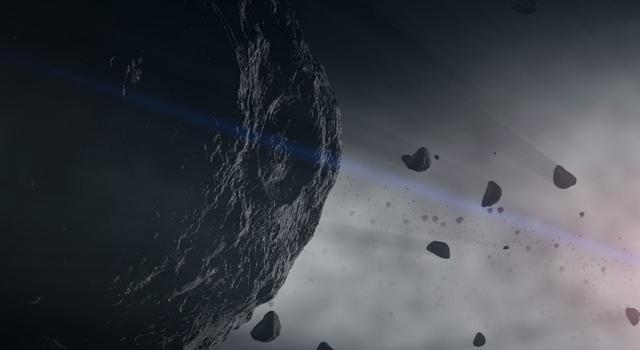 Article
ArticleTeachable Moments: How NASA Studies and Tracks Asteroids Near and Far
Studying the chemical and physical properties, as well as the location and motion of asteroids, is vital to helping us understand how the sun, planets and other solar system bodies came to be. This article explores how NASA studies and tracks asteroids.
-
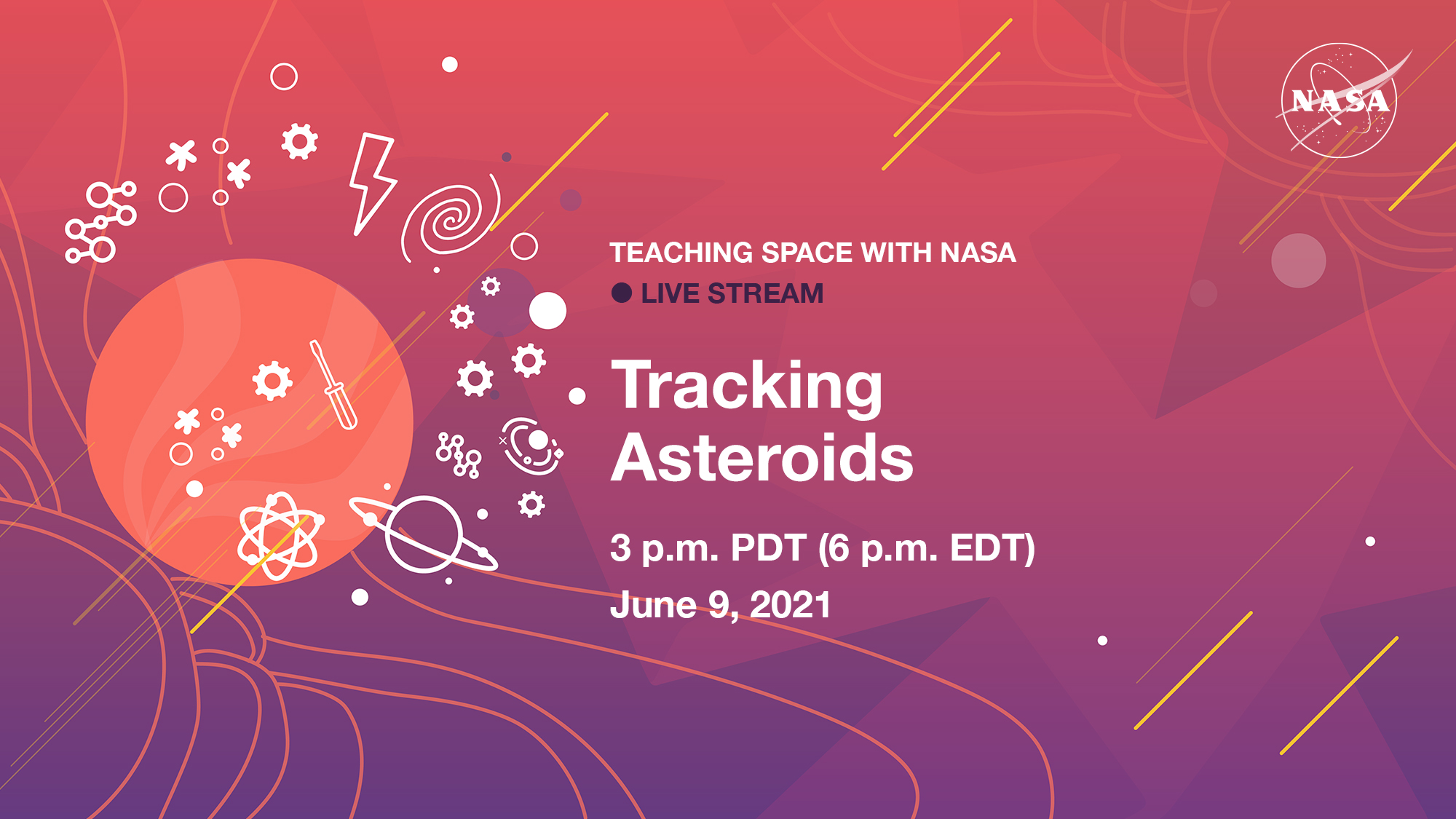 Expert Talk
Expert TalkTeaching Space With NASA: Tracking Asteroids
In this educational talk, NASA experts will discuss how we track and study comets and asteroids. Plus, we'll answer your questions!
-

Activities for Students
-
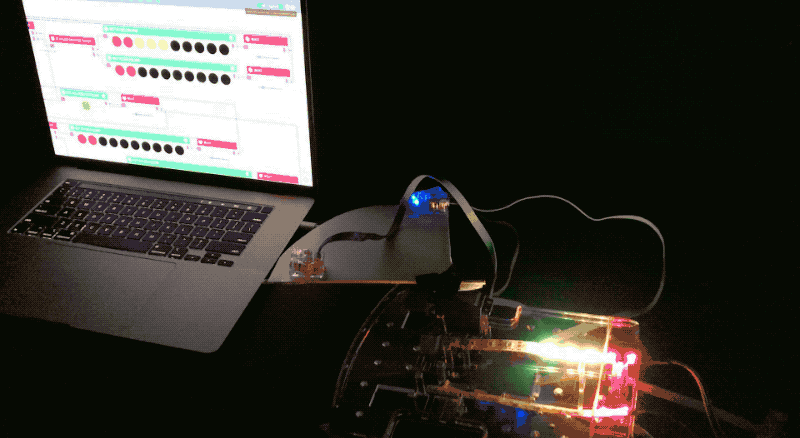
Psyche Activities for Students
Explore projects, videos, slideshows, and games for students all about asteroids.
-
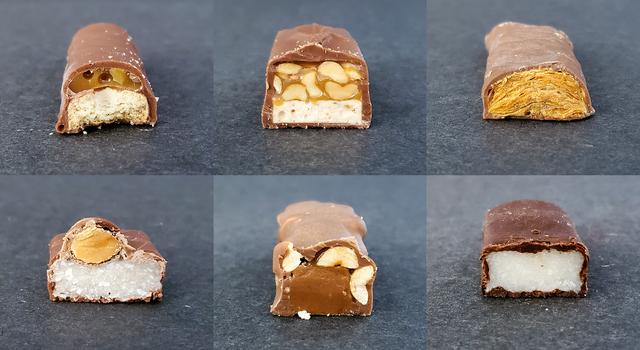 Collection
CollectionAsteroids Activities for Students
Explore projects, videos, slideshows, and games for students all about asteroids.
Explore More
Resources for Kids
Check out these related resources for kids from NASA Space Place:
- Article for Kids: Asteroid or Meteor: What's the Difference?
- Article for Kids: What Is an Asteroid?
- Article for Kids: Why Does the Moon Have Craters?
- Article for Kids: What Is an Impact Crater?
Websites
Articles
Images
Videos
Interactives
Printouts
- Print a 3D Model of the Psyche Spacecraft
- Create a Psyche Lego Model
- Create a Model of the Psyche Asteroid
TAGS: Teachers, Classroom, Lessons, Educators, K-12, Parents, Students, Resources, Asteroid TM, Psyche
Teachable Moments | October 20, 2022
The Science Behind NASA's First Attempt at Redirecting an Asteroid
Find out more about the historic first test, which could be used to defend our planet if a hazardous asteroid were discovered. Plus, explore lessons to bring the science and engineering of the mission into the classroom.
Update: Oct. 20, 2022 – The DART spacecraft successfully impacted the asteroid Dimorphos on September 26, reducing the period of the asteroid's orbit by 32 minutes. Scientists considered a change of 73 seconds to be the minimum amount for success. This article has been updated to reflect the latest data and images from the impact.
In a successful attempt to alter the orbit of an asteroid for the first time in history, NASA crashed a spacecraft into the asteroid Dimorphos on Sept. 26, 2022. The mission, known as the Double Asteroid Redirection Test, or DART, took place at an asteroid that posed no threat to our planet. Rather, it was an ideal target for NASA to test an important element of its planetary defense plan.
Read further to learn about DART, how it worked, and how the science and engineering behind the mission can be used to teach a variety of STEM topics.
Why It's Important
The vast majority of asteroids and comets are not dangerous, and never will be. Asteroids and comets are considered potentially hazardous objects, or PHOs, if they are 100-165 feet (30-50 meters) in diameter or larger and their orbit around the Sun comes within five million miles (eight million kilometers) of Earth’s orbit. NASA's planetary defense strategy involves detecting and tracking these objects using telescopes on the ground and in space. In fact, NASA’s Center for Near Earth Object Studies, or CNEOS, monitors all known near-Earth objects to assess any impact risk they may pose. Any relatively close approach is reported on the Asteroid Watch dashboard.
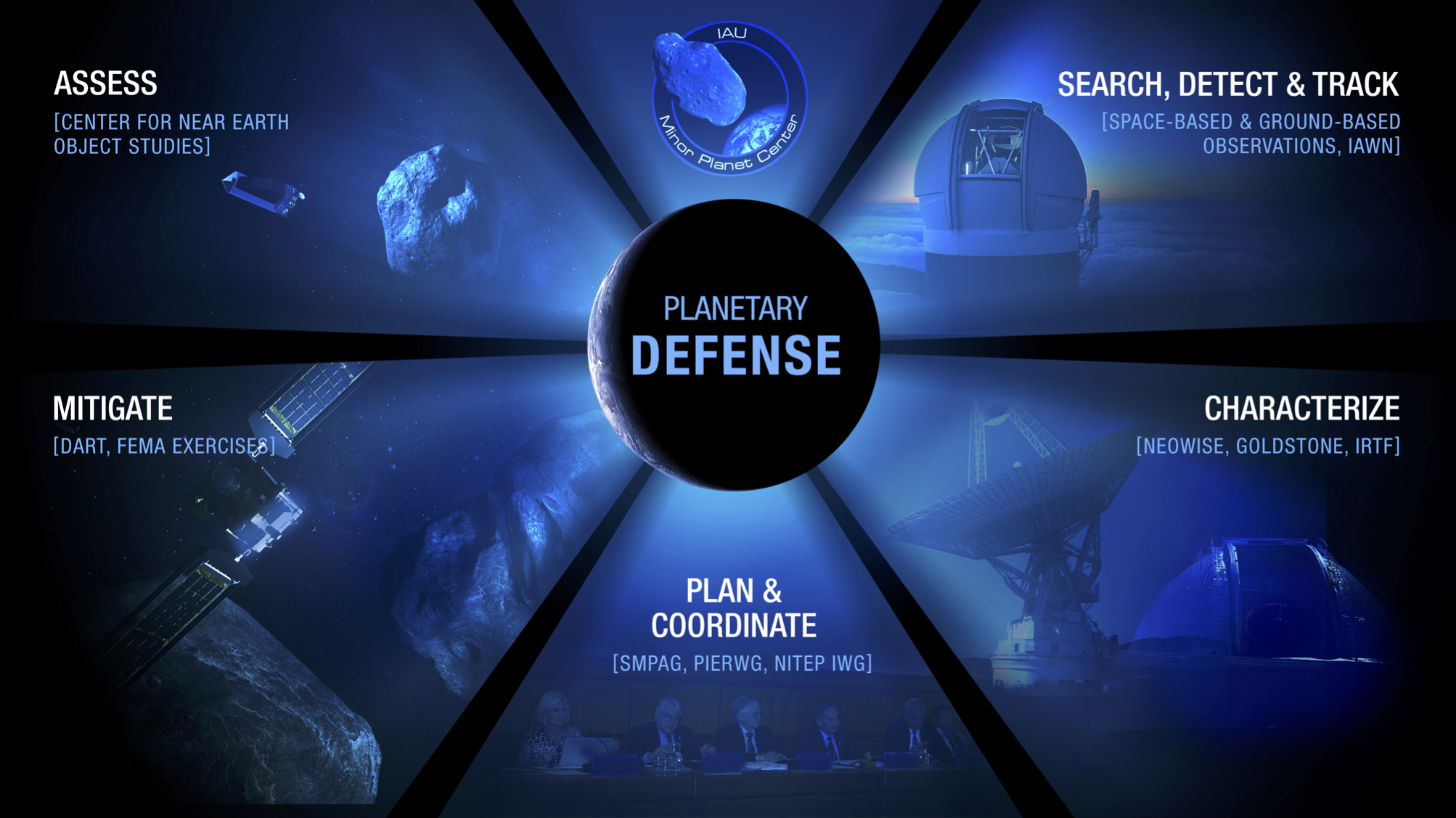
NASA's Planetary Defense Coordination Office runs a variety of programs and initiatives aimed at detecting and responding to threats from potentially hazardous objects, should one be discovered. The DART mission is one component and the first mission being flown by the team. Image credit: NASA | + Expand image
While there are no known objects currently posing a threat to Earth, scientists continue scanning the skies for unknown asteroids. NASA is actively researching and planning for ways to prevent or reduce the effects of a potential impact, should one be discovered. The DART mission was the first test of such a plan – in this case, whether it was possible to divert an asteroid from its predicted course by slamming into it with a spacecraft.
Eyes on Asteroids is a real-time visualization of every known asteroid or comet that is classified as a near-Earth object, or NEO. Asteroids are represented as blue dots and comets as shown as white dots. Use your mouse to explore the interactive further and learn more about the objects and how we track them. Credit: NASA/JPL-Caltech | Explore the full interactive
With the knowledge gained from the demonstration, similar techniques could be used in the future to deflect an asteroid or comet away from Earth if it were deemed hazardous to the planet.
How It Worked
With a diameter of about 525 feet (160 meters) – the length of 1.5 football fields – Dimorphos is the smaller of two asteroids in a double-asteroid system. Before DART's impact, Dimorphos orbited the larger asteroid called Didymos (Greek for "twin"), every 11 hours and 55 minutes.
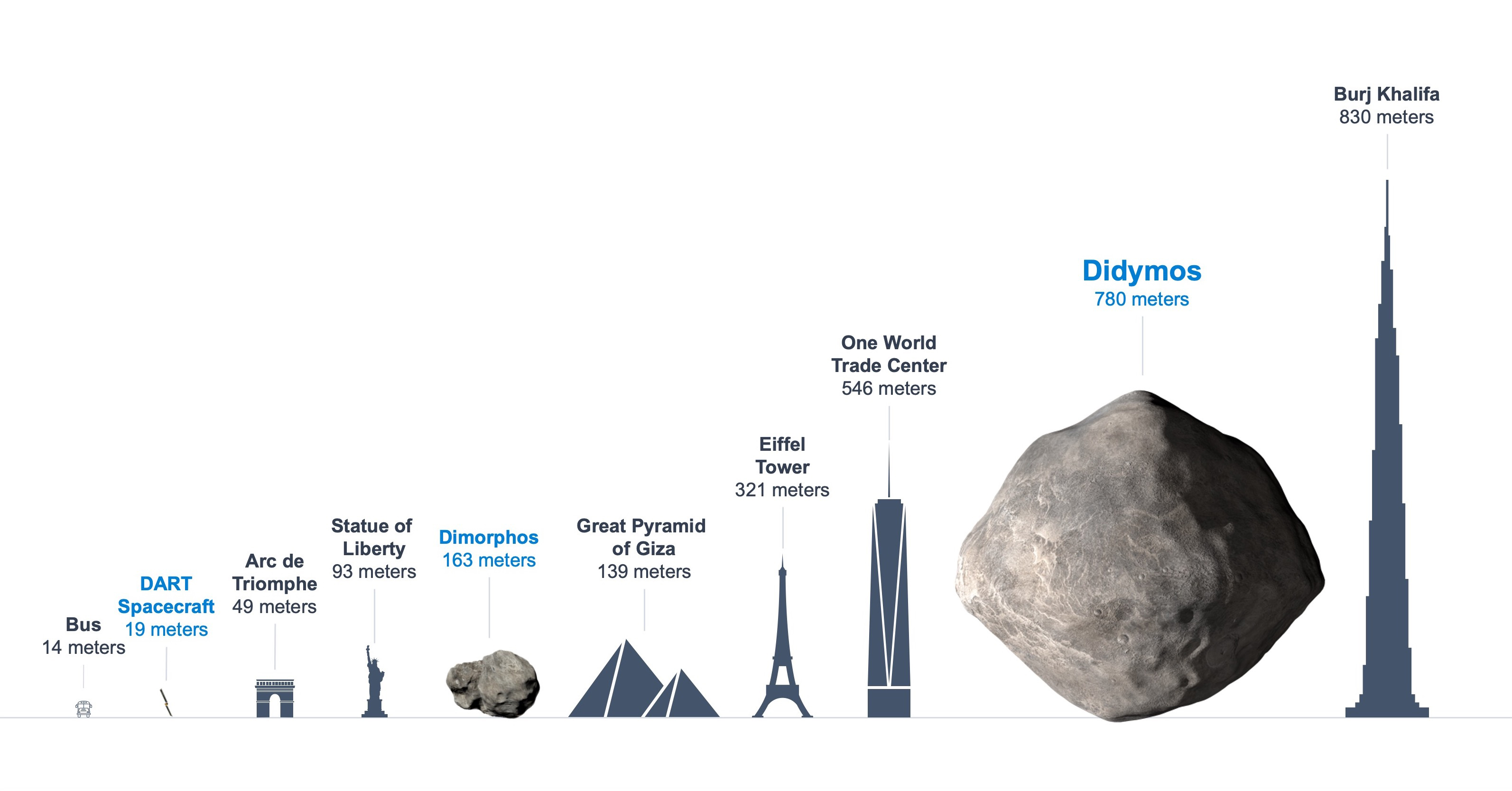
The sizes of the two asteroids in the Didymos system relative to objects on Earth. Image credit: NASA/Johns Hopkins APL | + Expand image
Neither asteroid poses a threat to our planet, which is one reason why this asteroid system was the ideal place to test asteroid redirection techniques. At the time of DART's impact, the asteroid pair was 6.8 million miles (11 million kilometers) away from Earth as they traveled on their orbit around the Sun.
The DART spacecraft was designed to collide head-on with Dimorphos to alter its orbit, shortening the time it takes the small asteroid to travel around Didymos. Compared with Dimorphos, which has a mass of about 11 billion pounds (five billion kilograms), the DART spacecraft was light. It weighed just 1,210 pounds (550 kilograms) at the time of impact. So how did such a light spacecraft affect the orbit of a relatively massive asteroid?
You can use your mouse to explore this interactive view of DART's impact with Dimorphos from NASA's Eyes on the Solar System. Credit: NASA/JPL-Caltech | Explore the full interactive
DART was designed as a kinetic impactor, meaning it transferred its momentum and kinetic energy to Dimorphos upon impact, altering the asteroid's orbit in return. Scientists were able to make predictions about some of these effects thanks to principles described in Newton's laws of motion.
Newton’s first law told us that the asteroid’s orbit would remain unchanged until something acted upon it. Using the formula for linear momentum (p = m * v), we could calculate that the spacecraft, which at the time of impact would be traveling at 3.8 miles (6.1 kilometers) per second, would have about 0.5% of the asteroid’s momentum. The momentum of the spacecraft may seem small in comparison, but calculations suggested it would be enough to make a detectable change in the speed of Dimorphos' orbit. However, mission planners felt that changing Dimorphos’ orbit by at least 73 seconds would be enough to consider the test a success.
But there was more to consider in testing whether the technique could be used in the future for planetary defense. For example, the formula for kinetic energy (KE = 0.5 * m * v2) tells us that a fast moving spacecraft possesses a lot of energy.
When DART hit the surface of the asteroid, its kinetic energy was 10 billion joules! A crater was formed and material known as ejecta was blasted out as a result of the impact. Scientists are still studying the data returned from the mission to determine the amount of material ejected out of the crater, but estimates prior to impact put the number at 10-100 times the mass of the spacecraft itself. The force needed to push this material out was then matched by an equal reaction force pushing on the asteroid in the opposite direction, as described by Newton’s third law.
This animation shows conceptually how DART's impact is predicted to change Dimorphos' orbit from a larger orbit to a slightly smaller one that's several minutes shorter than the original. Credit: NASA/Johns Hopkins APL/Jon Emmerich | Watch on YouTube
How much material was ejected and its recoil momentum is still unknown. A lot depends on the surface composition of the asteroid, which scientists are still investigating. Laboratory tests on Earth suggested that if the surface material was poorly conglomerated, or loosely formed, more material would be blasted out. A surface that was well conglomerated, or densely compacted, would eject less material.
After the DART impact, scientists used a technique called the transit method to see how much the impact changed Dimorphos' orbit. As observed from Earth, the Didymos pair is what’s known as an eclipsing binary, meaning Dimorphos passes in front of and behind Didymos from our view, creating what appears from Earth to be a subtle dip in the combined brightness of the pair. Scientists used ground-based telescopes to measure this change in brightness and calculate how quickly Dimorphos orbits Didymos. By comparing measurements from before and after impact, scientists determined that the orbit of Dimorphos had slowed by 32 minutes to 11 hours and 23 minutes.
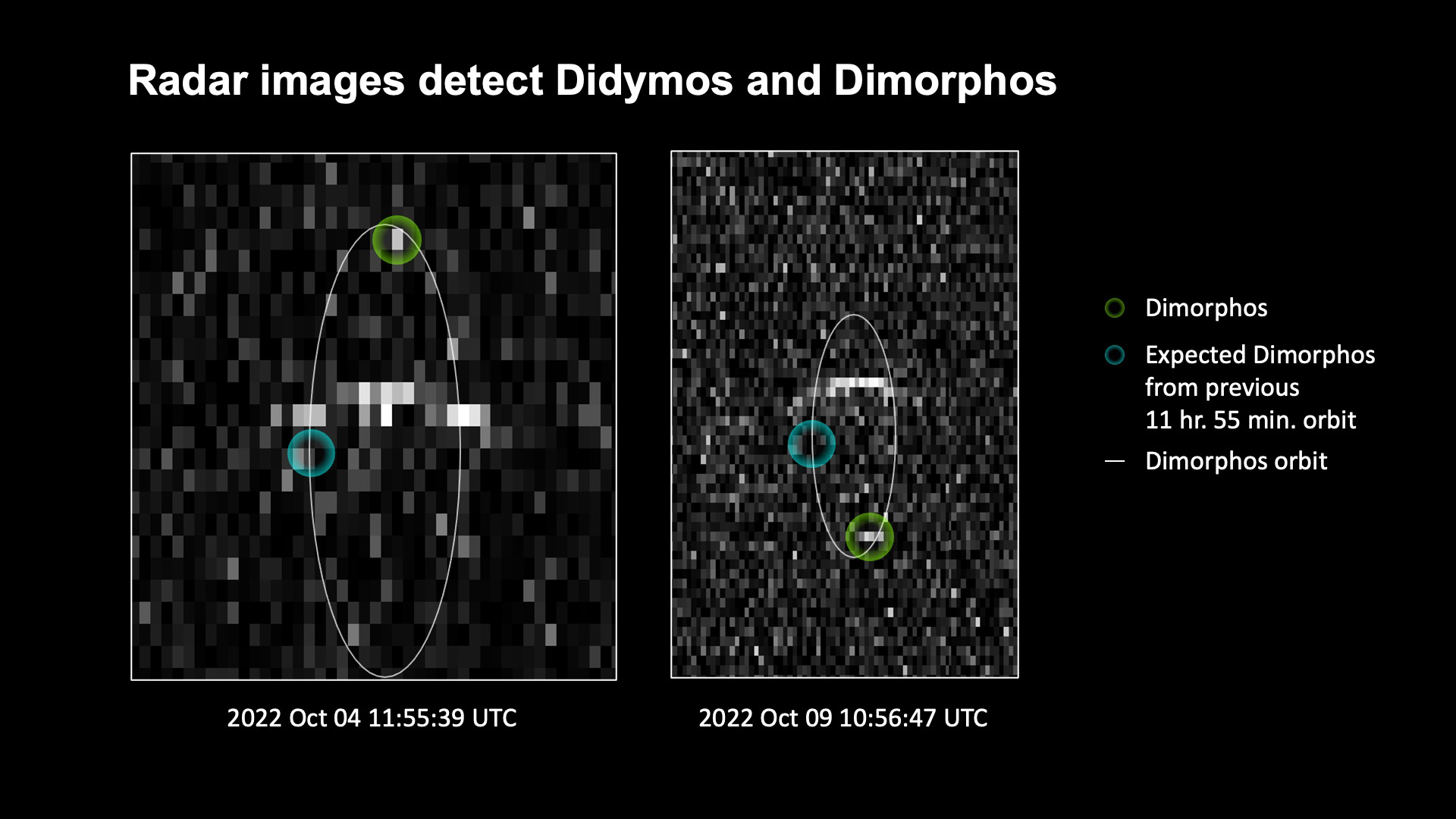
The green circle shows the location of the Dimorphos asteroid, which orbits the larger asteroid, Didymos, seen here as the bright line across the middle of the images. The blue circle shows where Dimorphos would have been had its orbit not changed due to NASA’s DART mission purposefully impacting the smaller asteroid on Sept. 26, 2022. The images were obtained from the NASA Jet Propulsion Laboratory’s Goldstone planetary radar in California and the National Science Foundation’s Green Bank Observatory in West Virginia. Image credit: NASA/Johns Hopkins APL/JPL/NASA JPL Goldstone Planetary Radar/National Science Foundation’s Green Bank Observatory | + Expand image | › DART image gallery
One of the biggest challenges of the DART mission was navigating a small spacecraft to a head-on collision with a small asteroid millions of miles away. To solve that problem, the spacecraft was equipped with a single instrument, the DRACO camera, which worked together with an autonomous navigation system called SMART Nav to guide the spacecraft without direct control from engineers on Earth. About four hours before impact, images captured by the camera were sent to the spacecraft's navigation system, allowing it to identify which of the two asteroids was Dimorphos and independently navigate to the target.

A composite of 243 images of Didymos and Dimorphos taken by the DART spacecraft's DRACO camera on July 27, 2022, as the spacecraft was navigating to its target. Image credit: JPL DART Navigation Team | + Expand image | › DART image gallery
DART was not just an experimental asteroid impactor. The mission also used cutting-edge technology never before flown on a planetary spacecraft and tested new technologies designed to improve how we power and communicate with spacecraft.
Learn more about the engineering behind the DART mission, including the innovative Roll Out Solar Array and NEXT-C ion propulsion system, in this video featuring experts from the mission. Credit: APL | Watch on YouTube
One such technology that was first tested on the International Space Station and was later used on the solar-powered DART spacecraft, is the Roll Out Solar Array, or ROSA, power system. As its name suggests, the power system consisted of flexible solar panel material that was rolled up for launch and unrolled in space.

The Roll Out Solar Array, shown in this animated image captured during a test on the International Space Station, is making its first planetary journey on DART. Image credit: NASA | + Expand image
Some of the power generated by the solar array was used for another innovative technology, the spacecraft's NEXT-C ion propulsion system. Rather than using traditional chemical propulsion, DART was propelled by charged particles of xenon pushed from its engine. Ion propulsion has been used on other missions to asteroids and comets including Dawn and Deep Space 1, but DART's ion thrusters had higher performance and efficiency.
Follow Along
In the days following the event, NASA received images of the impact from a cubesat, LICIACube, that was deployed by DART before impact. The cubesat, which was provided by the Italian Space Agency, captured images of the impact and the ejecta cloud.
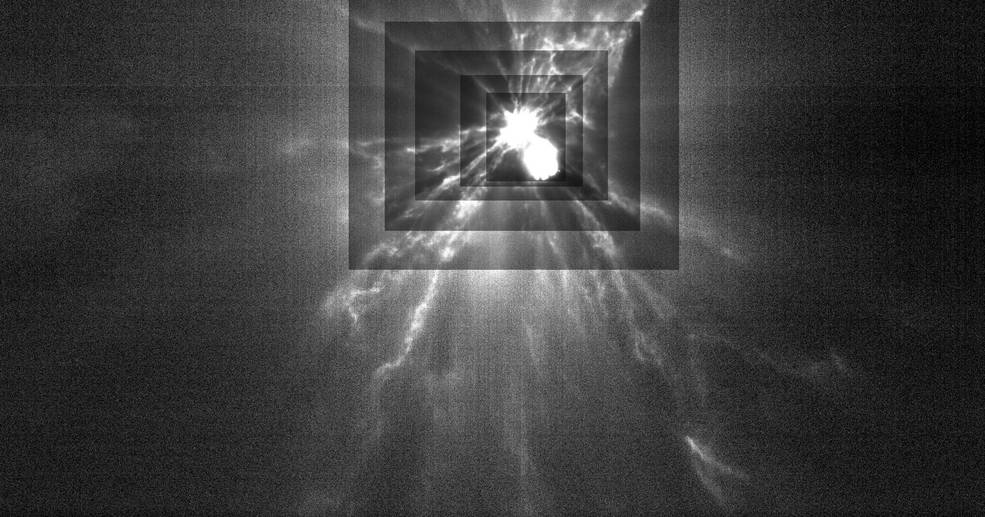
This image from LICIACube shows plumes of ejecta streaming from Dimorphos after DART's impact. Each rectangle represents a different level of contrast to better see fine structure in the plumes. By studying these streams of material, scientists will be able to learn more about the asteroid and the impact process. | + Expand image | › DART image gallery
Meanwhile, the James Webb Space Telescope, the Hubble Space Telescope, and the Lucy spacecraft observed Didymos to monitor how soon reflected sunlight from the ejecta plume could be seen. Going forward, DART team members will continue observing the asteroid system to measure the change in Dimorphos’ orbit and determine what happened on its surface. And in 2024, the European Space Agency plans to launch the Hera spacecraft to conduct an in-depth post-impact study of the Didymos system.

This animation, a timelapse of images from NASA’s James Webb Space Telescope, covers the time spanning just before DART's impact at 4:14 p.m. PDT (7:14 p.m. EDT) on Septtember 26 through 5 hours post-impact. Plumes of material from a compact core appear as wisps streaming away from where the impact took place. An area of rapid, extreme brightening is also visible in the animation. Image credit: Science: NASA, ESA, CSA, Cristina Thomas (Northern Arizona University), Ian Wong (NASA-GSFC); Joseph DePasquale (STScI) | + Expand image | › DART image gallery
Continue following along with all the science from DART, including the latest images and updates on the mission website. Plus, explore even more resources on this handy page.
Teach It
The mission is a great opportunity to engage students in the real world applications of STEM topics. Start exploring these lessons and resources to get students engaging in STEM along with the mission.
Educator Guides
Expert Talks
Student Activities
Articles
-
 Teachable Moments
Teachable MomentsHow NASA Studies and Tracks Asteroids Near and Far
Here’s how NASA uses math and science to track the movements of asteroids and find out what they’re made of – and students can, too.
-
 Meet JPL Interns
Meet JPL InternsFrom Island Life to Spotting Asteroids for NASA
Meet a JPL intern whose journey took her from the remote island of Saipan to a team helping track asteroids at NASA.
Resources for Kids
Check out these related resources for kids from NASA Space Place:
- Article for Kids: Asteroid or Meteor: What's the Difference?
- Article for Kids: What Is an Asteroid?
- Article for Kids: Why Does the Moon Have Craters?
- Article for Kids: What Is an Impact Crater?
Explore More
- Facts & Figures: Didymos In Depth
- Facts & Figures: DART Mission
- Website: DART Mission
- Gallery: DART Mission Images and Videos
- Facts & Figures: Asteroid Watch
- Gallery: Next Five Asteroid Approaches
- Articles: Asteroid News and Images from JPL
- Eyes on Asteroids
- Eyes on the Solar System - DART Impact
- Quiz: Are You a Planetary Defnder?
- Center for Near-Earth Object Studies
TAGS: Asteroids and Comets, DART, near-Earth objects, planetary defense, Science, K-12 Education, Teachers, Educators, Parents, Teachable Moments, Asteroid TM
Teachable Moments | April 19, 2017
How NASA Studies and Tracks Asteroids Near and Far
In the News
On April 19, an asteroid named 2014 JO25 will safely fly by Earth, passing at a distance of about 1.1 million miles (1.8 million kilometers) of the planet. This asteroid poses no threat to Earth and, in fact, asteroids safely fly by Earth quite regularly. What makes the upcoming close approach of asteroid 2014 JO25 unique is that it is a rather large asteroid, measuring about 2,000 feet (more than 600 meters) across. The last time an asteroid that large, or larger, came that close to Earth was in 2004. Not much is known about asteroid 2014 JO25 other than its approximate size, its trajectory (or path around the sun) and that its surface is about twice as reflective as that of the moon. When it passes by, the asteroid will be bright enough that small optical telescopes can be used to spot it in the night sky. Scientists around the world will also study the asteroid with telescopes to determine its composition and rotation and with radar that could reveal small surface features.
Asteroid Resources for Educators
Explore our collection of standards-aligned lessons all about asteroids!
Why It's Important
Asteroids are some of what remains of the material that formed our solar system about 4.6 billion years ago. Unchanged by the forces that have altered rocks on our home planet, the moon, Mars and other destinations around the solar system, asteroids provide a glimpse into what conditions were like when our solar system took shape. Studying the chemical and physical properties, as well as the location and motion of asteroids, is vital to helping us understand how the sun, planets and other solar system bodies came to be.
The study of asteroids is so important, in fact, that NASA has sent several spacecraft to study some of these objects up close. For example, in 2007, the Dawn mission was sent to explore the two largest objects in the asteroid belt, Vesta and Ceres. Dawn arrived at the giant protoplanet Vesta in 2011 and orbited it for about one year before flying to the dwarf planet Ceres, which it continues to orbit and study today. Data from the Dawn mission showed Vesta to be a fascinating world more closely related to terrestrial planets than to typical asteroids and revealed clues that indicate there is a large amount of ice and maybe subsurface liquid water on Ceres. In 2016, NASA launched a spacecraft called OSIRIS-REx, which is headed for an asteroid called Bennu. When it arrives in August 2018, OSIRIS-REx will map the asteroid and collect a sample to return to Earth.
But there is another reason studying asteroids and their movements is important: detecting nearby asteroids and predicting any hazard they might pose to Earth.

This graphic shows the orbits of all the known "potentially hazardous asteroids," numbering over 1,400 as of early 2013. Being classified as a potentially hazardous asteroid does not mean that an asteroid will impact Earth. None of these asteroids depicted is a worrisome threat over the next hundred years. By continuing to observe and track these asteroids, their orbits can be refined and more precise predictions made of their future close approaches and impact probabilities. Image credit: NASA/JPL-Caltech | › Full image and caption
Both 2014 JO25 and Bennu are considered near-Earth objects, meaning their orbits bring them closer than 1.3 astronomical units (AU) from the sun. For comparison, Earth is 1 AU from the sun, or about 93,000,000 miles (150,000,000 kilometers). Also, both asteroids are classified as “potentially hazardous.” A potentially hazardous asteroid is one with an orbit that comes within 0.05 AU (about 4,650,000 miles or 7,480,000 km) of Earth’s orbit and has an absolute magnitude, a measure of brightness, of 22 or less. (On the magnitude scale, the lower the number, the brighter the object.) Absolute magnitude can be an indicator of size, so in other words, potentially hazardous asteroids are large – typically larger than about 500 feet (140 meters) across – and could get close to Earth. Having a designation of “potentially hazardous” does not necessarily indicate the object is a threat to Earth. Scientists use the classification to indicate an object deserves increased attention.
Out of more than 730,000 known asteroids, about 16,000 are near-Earth objects, and there are currently 1,784 potentially hazardous asteroids. But the risks of a large asteroid like 2014 JO25 or Bennu impacting Earth are exceedingly rare. And thanks to the Center for Near Earth Object Studies, or CNEOS, at NASA’s Jet Propulsion Laboratory, we have a very good understanding of where many of these asteroids are and where they are headed. Supporting NASA’s Planetary Defense Coordination Office, CNEOS continually uses new data acquired by telescopes and submitted to the Minor Planet Center to update orbit calculations, analyzes asteroid impact risks over the next century and provides data for every near-Earth object.
How It Works

This animated gif shows asteroid 2013 MZ5 as seen by the University of Hawaii's PanSTARR-1 telescope. The asteroid moves relative to a fixed background of stars. Asteroid 2013 MZ5 is in the right of the first image, towards the top, moving diagonally left/down. Image credit: PS-1/UH
Detecting near-Earth objects, or NEOs, is done by comparing multiple images, taken several minutes apart, of the same region of the sky. The vast majority of the objects appearing in these images are stars and galaxies, and their positions are fixed in the same relative position on all the images. Because a moving near-Earth object would be in a slightly different position on each image while the background stars and galaxies are in the same positions, it can be easy to identify the moving target if it is bright enough.
Surveys done by NASA-supported ground-based telescopes – including Pans-STARRS1 in Maui, Hawaii, as well as the Catalina Sky Survey near Tucson, Arizona – have identified thousands of near-Earth objects. And a space-based telescope called NEOWISE has identified hundreds of others while scanning the skies at near-infrared wavelengths of light from its polar orbit around Earth. Many ground-based telescopes perform follow-up observations to further aid in orbit calculations and to study the physical properties of the objects.
Once a near-Earth object is detected, its orbital characteristics are analyzed and astronomers determine if it is a potentially hazardous asteroid. This information is entered into CNEOS’ database, where it is continually updated and impact risks are monitored as new data becomes available.
Teach It
Asteroid 2014 JO25 won’t be this close for another 500 years, so now is a great opportunity to share this close approach with students and remind them that while it’s a close encounter by space standards, Earthlings need not be concerned. Try these standards-aligned lessons and activities with students:
- Grades 1-6: Whip Up a Moon-Like Crater - Use baking ingredients to whip up a moon-like crater as an asteroid-impact demonstration for students. This activity works in classrooms, camps and at home.
- Grades 3-5: Modeling an Asteroid - Students will shape their own asteroid models out of clay as a hands-on lesson in how asteroids form, what they are made of, and where they can be found in our solar system.
- Grades 8-12: Math Rocks: A Lesson in Asteroid Dynamics - Students use math to investigate a real-life asteroid impact.
- All ages: If you have a telescope, consider trying to view the asteroid at night. You’ll have to know where to look. Solar System Ambassador Eddie Irizarry shares how to find 2014 JO25 here. If you’re looking for more technical information about its location, use JPL’s Solar System Dynamics site to find the asteroid’s ephemeris.
Follow @AsteroidWatch on Twitter or visit the NASA Asteroid Watch website to find out more about upcoming close approaches.
Explore More
- Asteroids Facts & Figures - NASA Solar System Exploration
- Center for Near Earth Object Studies (CNEOS)
- NASA’s Planetary Defense Coordination Office
- Asteroid Watch
- Follow @AsteroidWatch on Twitter
- Goldstone Asteroid Radar Research
- Dawn Mission
- OSIRIS-REx Mission
TAGS: Asteroid Flyby, Asteroids, Near-Earth Objects, NEOs, Asteroid 2014 JO25, Dawn, OSIRIS-REx, NEOWISE, Asteroid TM




